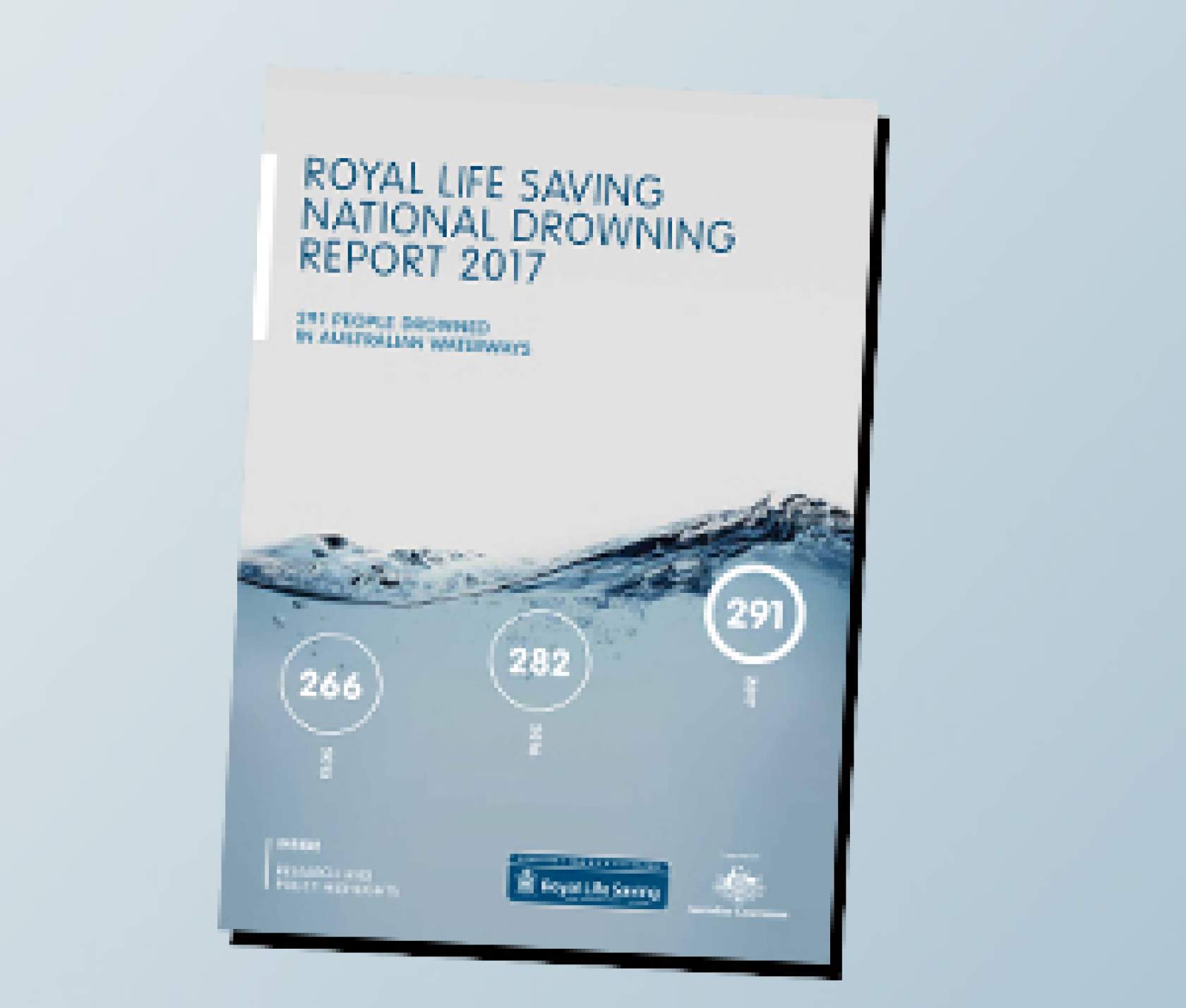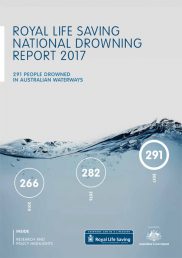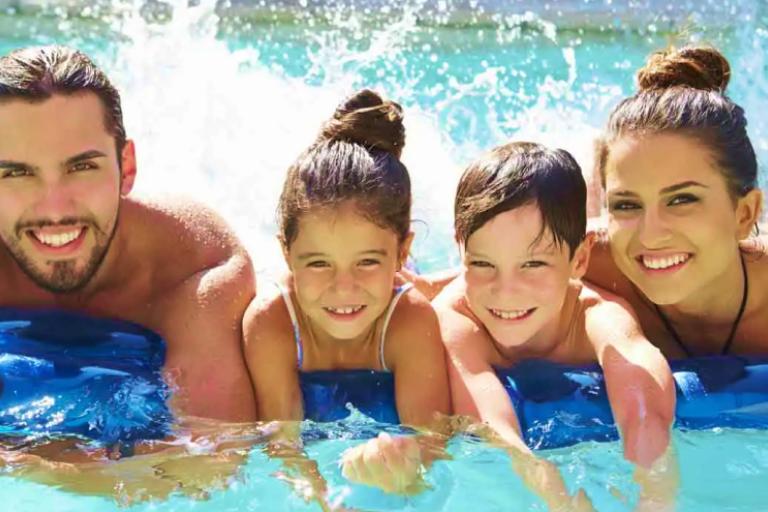Latest national report shows under-five pool drownings down 13 per cent on ten-year average


While the newly released Royal Life Saving National Drowning Report 2017 shows an overall increase in total drowning deaths, in a positive sign for the swimming pool industry it also showed the number of children under five who drowned in a swimming pool has declined when compared to the ten-year average.
While the swimming pool industry is justifiably concerned about drownings – especially of young children – the report shows the most common location for drownings is inland waterways. Inland waterways accounted for 97 deaths in 2016/17, almost one third of the total. Rivers were the leading location for fatal drowning with 68 drowning deaths, followed by beaches (50 deaths), ocean/harbour locations (46 deaths) and swimming pools (44 deaths).
The 2017 report is the first to examine the impact of both fatal and non-fatal drowning. Royal Life Saving estimates that there were an additional 685 non-fatal drowning incidents requiring hospitalisation in 2016/17. Many of these people will require long term medical assistance.
Overall, drowning in children under five increased last year across all aquatic locations. Tragically 29 children aged 0-4 years drowned in 2016/17, a 38 per cent increase on the previous year, and an increase of four per cent on the 10-year average. When looking at under-five drowning deaths in swimming pools only, the number was down against the ten-year average. However, the fact that 13 toddlers drowned in swimming pools is still a cause for serious concern.
Industry working diligently to reduce risk

SPASA Australia CEO Lindsay McGrath urges all families to continue the active supervision of children, the regular inspection of fencing and gates, the promotion of learning to swim and the ability to provide CPR.
“While industry members have been working diligently to reduce the risks for toddlers, and while we are pleased the under-five drowning numbers have declined compared to the 10-year average, we are well aware there is still much work to be done,” he says.
“This includes furthering the work SPASA has already undertaken in educating pool owners about barrier maintenance and the importance of supervision, while also working tirelessly to help professionalise the industry and standardise regulations nationally.”
He says that SPASA Australia looks forward to working with Royal Life Saving and other national groups to improve consumer education and industry programs to reduce drownings.
“Kids and families love pools, but they can pose a significant drowning risk to toddlers,” says Justin Scarr, Royal Life Saving CEO. “Royal Life Saving urges pool owners to actively supervise young children around water and check that the pool fence and gate is in good working order.”
The 25-34 year age group accounted for the highest number of overall drowning deaths (43 deaths), followed by people aged 45-54 years (40 deaths). Many of these were in inland waterways, and Royal Life Saving has highlighted the importance of safe aquatic behaviours including lifejacket use, reducing alcohol and drug consumption, checking weather forecasts and never swimming or boating alone.
Learning to swim crucial
The report found there were 12 drowning deaths in children aged 5-14 years. Scarr says that drowning in school-aged children is the lowest of any age group, but no less tragic.
“Though many Australian children swim well, we still find too many kids can’t swim at all and have limited water safety knowledge. It’s important that State and Territory Governments, local councils, schools and parents all play their part.”
In 2008 the Australian Water Safety Council set an ambitious goal of reducing drowning by 50 per cent by 2020. Interim analysis shows an overall 24 per cent reduction in fatal drownings despite significant changes in the size and makeup of the Australian population.
“Reducing drowning by 24 per cent is a significant achievement and means there are 90 people here today who otherwise would have drowned last year. The most pleasing progress has been in reducing drowning in children aged 0-14 years by 36 per cent,” says Scarr.




